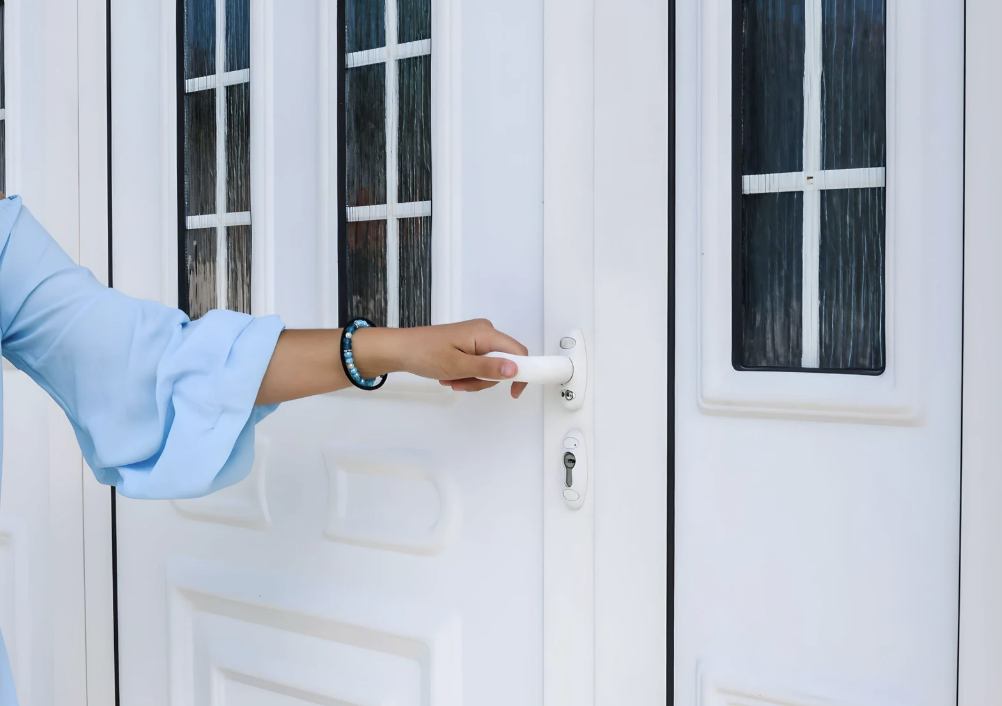Is Your Front Door Letting in Moisture?

Your front door does more than welcome guests into your home, it also serves as a crucial barrier against the elements. When moisture starts finding its way inside, that barrier is no longer doing its job. At Window Makeover, we often see how unnoticed door damage can lead to costly repairs and energy loss. Understanding how moisture enters and what it affects can help you protect your home before small problems become major ones.
How Moisture Enters Through Damaged Glass or Warped Frames
Over time, exposure to rain, sunlight, and temperature changes can cause door frames to warp or shift. This creates gaps around the edges where water can seep through. Cracked glass panes or failed seals can also allow moisture to enter, especially during storms. Once water finds its way inside, it begins to compromise the integrity of both the door and the frame.
Leaks and Drafts That Raise Energy Bills
A door that lets in moisture often lets in cold air too. Even small leaks can make your home feel drafty, forcing your heating or cooling system to work harder to maintain a comfortable temperature. Replacing or repairing damaged seals, frames, or glass helps eliminate drafts and keeps your energy bills from climbing as the weather changes.
Mold Growth and Wood Rot Around the Door
Moisture that lingers inside wood can lead to rot and mold growth around the doorframe. Not only does this affect your door’s appearance, but it can also pose health risks and weaken the structure of your entryway. Once rot spreads, the repairs become more extensive, which is why addressing early signs of water intrusion is essential.
Structural Damage to Surrounding Walls and Floors
When water continues to leak through your door over time, it can damage the surrounding drywall, flooring, and substructure. Soft spots, bubbling paint, or warped trim near your entryway are warning signs that moisture has already traveled beyond the frame. Left unaddressed, this can lead to costly structural repairs.
When Repair Is Enough vs When Replacement Is Needed
Not every damaged door requires a full replacement. In many cases, repairing or resealing the frame, replacing cracked glass, or refinishing the surface can stop leaks and restore protection. However, if the door is severely warped, rotted, or no longer fits securely in its frame, a replacement is often the most effective long-term solution.
Protecting your home from moisture starts with maintaining the barrier that greets you every day. Contact Window Makeover today to schedule an inspection and find out whether your front door needs a simple repair or a full replacement to keep your home safe and dry.